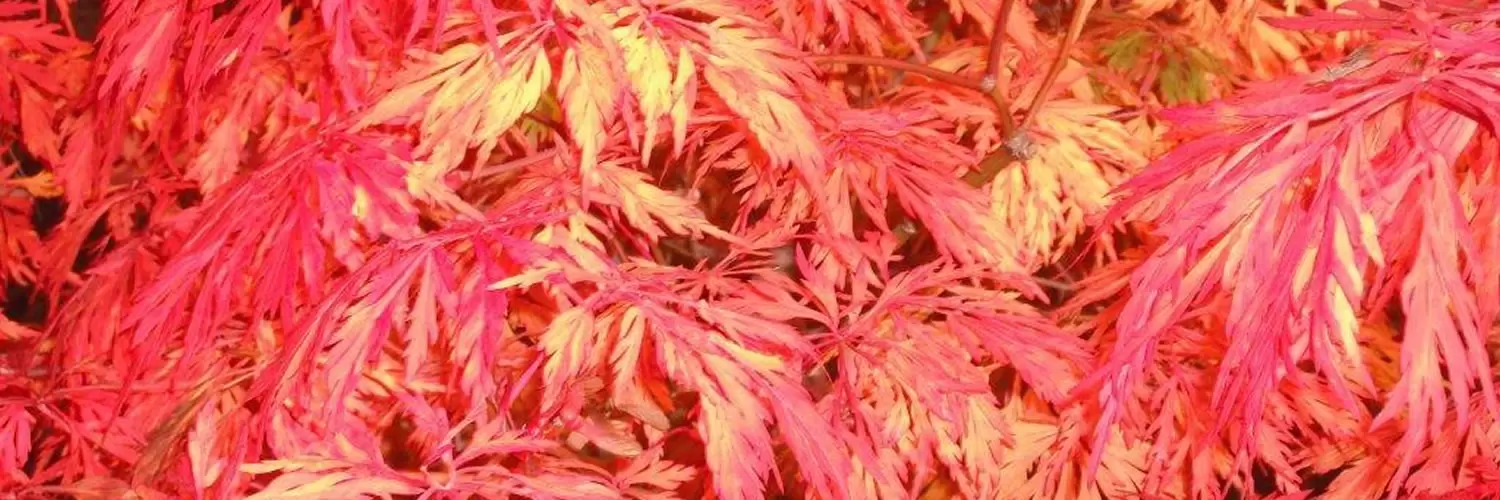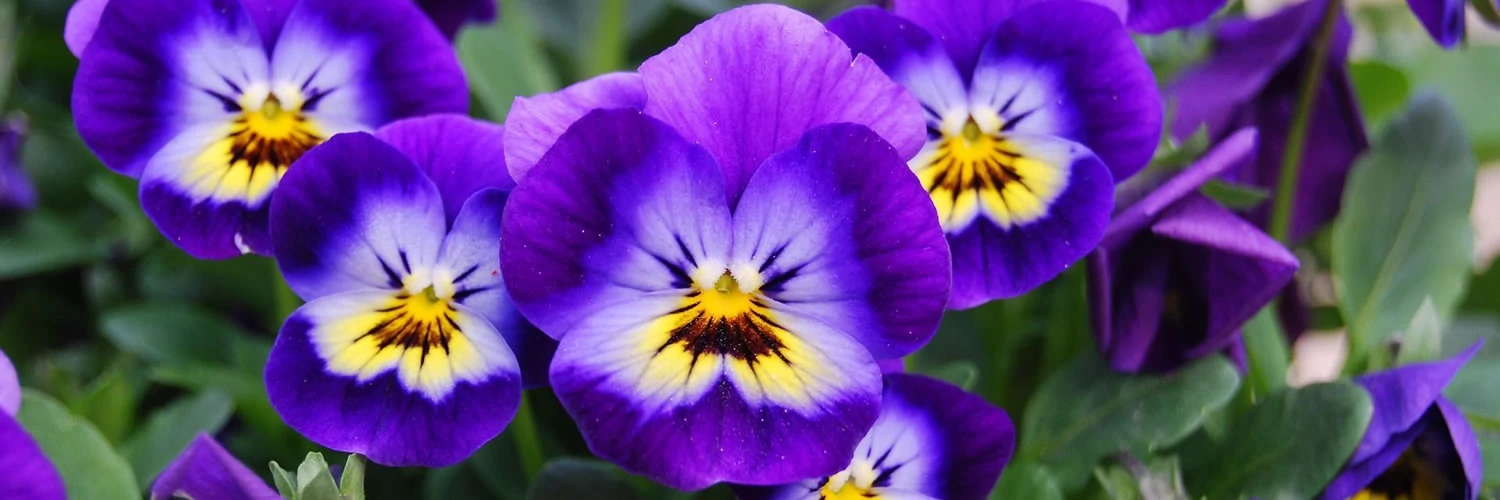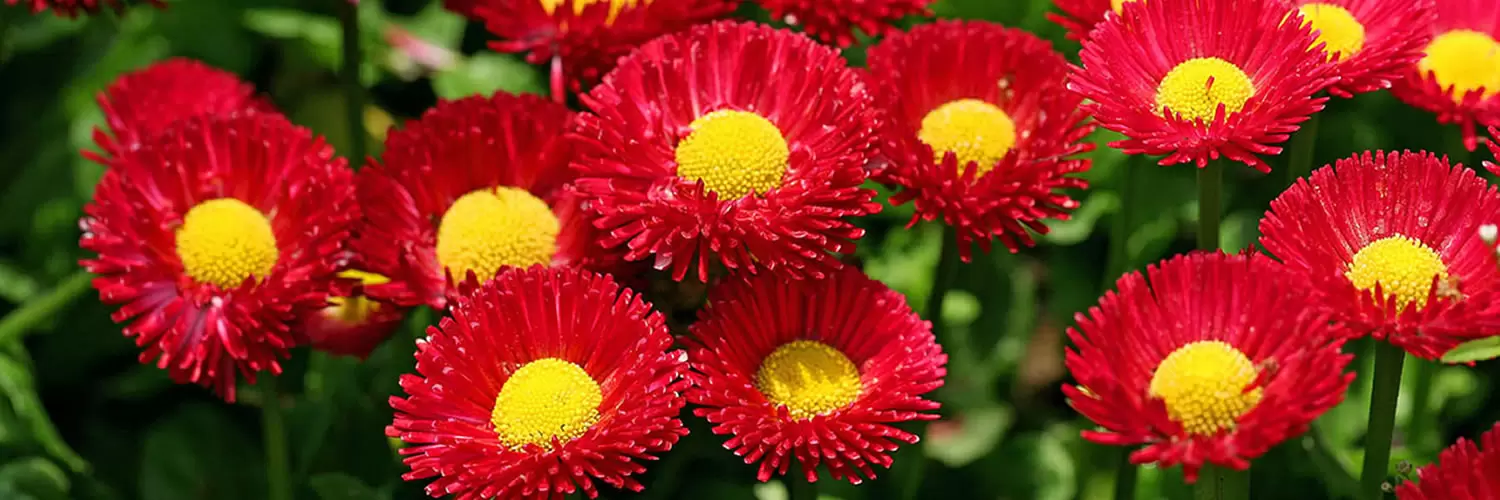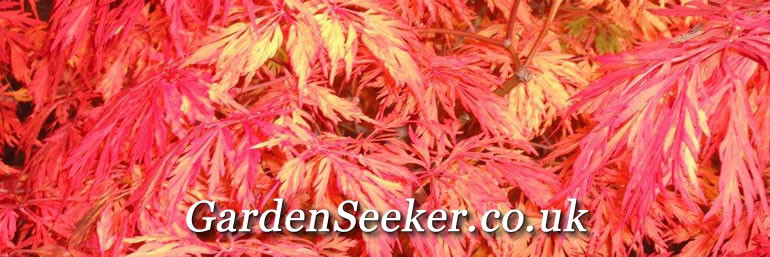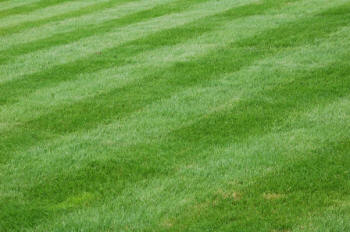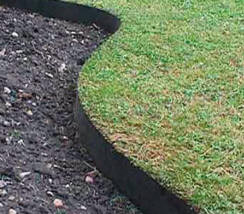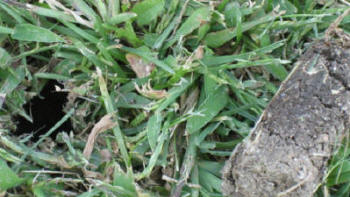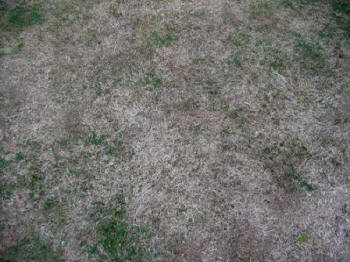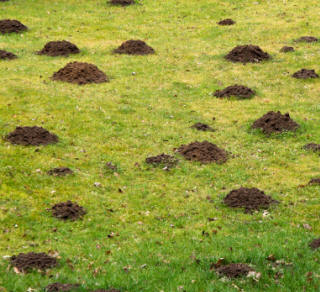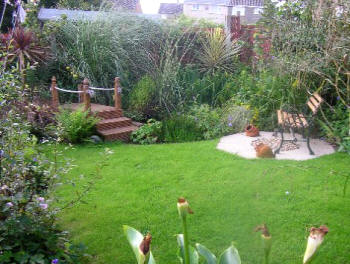Fortunately Dollar Spot Disease is quite easily treated - and prevented. It is mainly a disease wrongly associated with Fescue Grasses which are added to most lawn grass mixtures and turf mixtures these days. However, most grasses used in sports and other intensely maintained turf are also susceptible to the disease.
Dollar spot is normally the problem of the fine turf sports managers - such as bowling green and golf course greens. This is mainly because of the grass maintenance regime, and also because of the high level feeding and watering generally carried out.
There is an increasing tendency for grass seed suppliers to include Creeping Red Fescue in many of their mixtures, so Dollar Spot Disease could well become a little more common than in past. I noted recently that out of seven lawn mixtures available on a garden centre shelf, five contained Creeping Red Fescue. As above, most other grasses are capable of being hit.
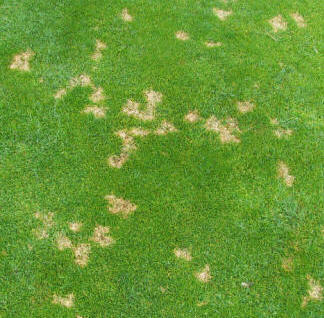
Dollar Spot Disease in Lawns
Dollar spot disease in lawns is not the most common of diseases - but is often mistakenly identified as Fairy Rings and Fusarium Patch disease.
It is more of a problem in the USA - rather than the UK, but that does not signal that there should not be an awareness. If you are in an area that is prone to dollar spot, then it can be one of the most troublesome of fine turf diseases.
It does not normally cause a problem with utility grade turfed lawns, though again, Creeping Red Fescue is increasingly added to even the most basic Ryegrass turf mixes.
Dollar Spot - Sclerotina etc - is usually prevalent in dewy periods. Spring and Autumn being the most troublesome times for this lawn disease.
